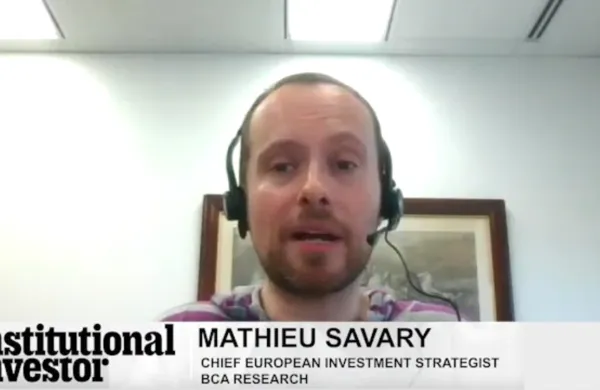Euro zone unemployment has risen to its highest level since the currency bloc was born in 1999, aggravating fears that the euro crisis may have mutated into yet another deadly form.
On the one hand, fears of an imminent run on euro zone sovereign bond markets, such as Italy, have dissipated over the past few weeks. This has eased the euro zone's short-term liquidity crisis — the escalation of bond yields to levels so high that governments were in danger of being unable to issue new debt at rates they could afford.
But Tuesday’s news of growing euro zone joblessness reinforced concerns that many member states are instead edging towards a longer-term solvency crisis — the risk that they will eventually go bust because economic weakness will make their debt burdens ever larger. Higher unemployment is already damaging economic output, casting doubts over member states’ ability to raise enough revenue from their ailing economies to close their fiscal deficits.
Responding to the figures, Jennifer McKeown, a senior European economist at Capital Economics in London said, “Rising euro zone unemployment together with low consumer confidence and fiscal tightening will continue to weigh heavily on consumer spending.” Capital Economics recently warned that “budget deficits are continuing to make little downward progress” because of the “adverse fiscal impact” of austerity measures.
Unemployment across the euro zone’s 17 members rose by 20,000 to 16.47 million in December — 10.4 percent of the working age population, according to Eurostat, the European Commission’s statistics arm. The rate climbed in several countries including Italy, Portugal and Ireland, where unemployment reached 14.5 percent. The euro zone jobless tally is 751,000 higher than a year ago.
These three countries are among the many member states forced to cut government spending to narrow the gulf between outlay and revenue. Economists fear this has created a vicious circle, with public-sector job cuts prompting reductions in household consumption — which could further pare government tax revenue by hitting economic activity. This could compel finance ministries to be even more parsimonious, laying off still more government workers.
Some analysts fear the new European fiscal pact, signed on Monday night by 25 of 27 EU member states, could activate this vicious circle since it sets tough rules limiting government spending.
Yet Germany continues to buck the euro zone trend towards an ever-deteriorating labor market. Its unemployment rate inched down by 0.1 percentage points to 5.5 percent in December — the lowest since the country’s reunification in 1990. National German figures for January, also out on Tuesday, suggest the fall has continued in 2012, though Germany’s own figures are based on a different measure from Eurostat’s. Klaus Baader, chief European economist at Société Générale in London, said the country was continuing to experience a “labor market miracle” with “no hint of a slowdown.”
The relative robustness of the euro zone’s largest economy could aid other member states by boosting demand for their goods and services. Although German output declined in the fourth quarter, recent survey evidence suggests it has already returned to growth.
Germany’s strength, however, also makes it harder for the European Central Bank to trim its benchmark interest rate of 1 percent to a level appropriate for the euro zone’s weaker economies. It is also more challenging for German politicians to persuade their voters to take radical action to aid the euro zone — such as approving the much discussed idea of Eurobonds guaranteed by every member state — when the average German household feels little sense of domestic crisis.
But despite continued fears over the euro zone’s longer-term economic future, yields on the government bonds of many member states fell on Tuesday, with the rate for benchmark Italian ten-years 18 basis points down on the day at 5.96 percent. Euro zone sovereign bond prices have strengthened since the ECB made €489 billion ($600 billion) in three-year loans to banks in December to avert a severe credit crunch in European wholesale funding markets — leaving economists free to worry instead about longer-term problems such as rising joblessness.






